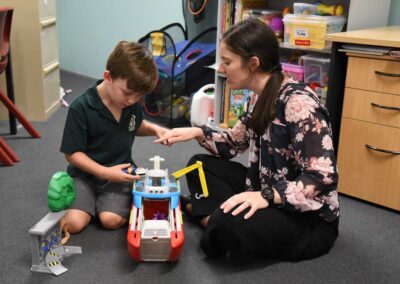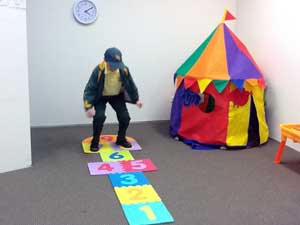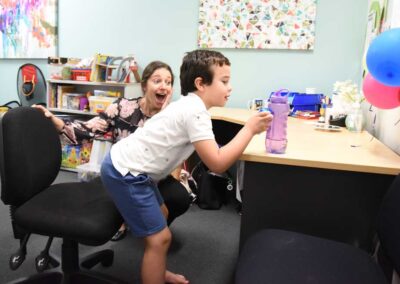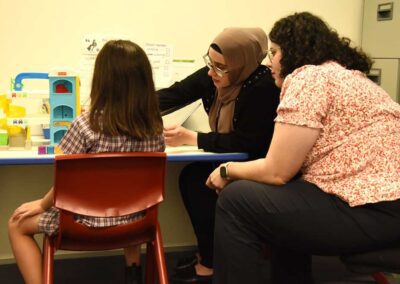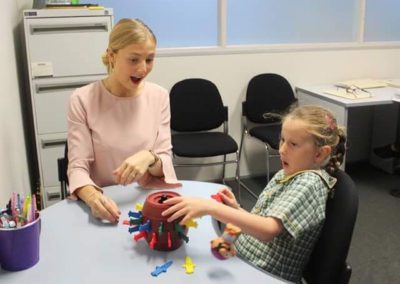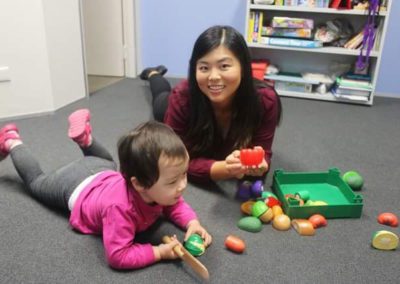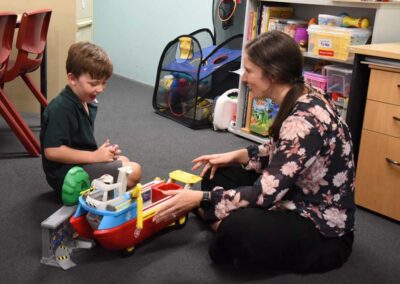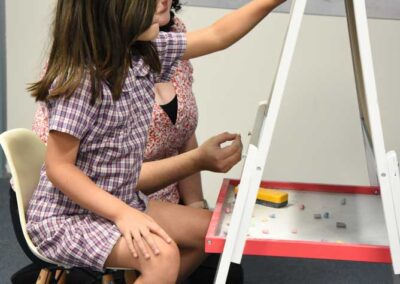Taking turns is an important social skill to master. As children develop their verbal communication skills, they also learn other important skills to support their conversations such as: attention, sharing, gestures and taking turns.
Why is turn-taking so powerful?
Turn taking refers to the back-and-forth interactions we have when communicating with others. For example, knowing when it’s your turn to speak or listen in a conversation or waiting our turn when playing a game. Learning how to take turns is an important skill to develop in order to effectively participate in social interactions and build friendships with others. It is a powerful step in the beginning stages of learning how to start and return interactions.
Strategies for teaching your kids turn-taking skills
1. Use turn-taking language (“My turn, Your turn”)
Say the phrases “my turn” and “your turn” on the appropriate turns, so that your child is aware of who’s turn it is. You can also use visual prompts to encourage and reinforce this language. Praise your child for taking turns “Wow! Thanks for sharing” or “That’s right, it’s your turn!”
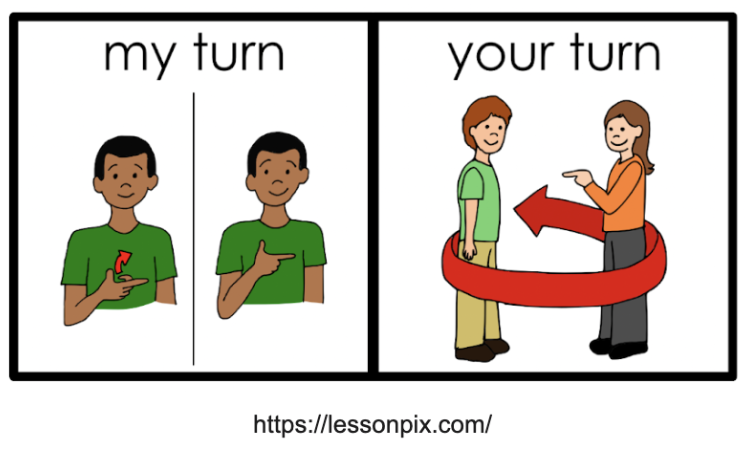
2. Use a visual cue to help indicate who’s turn it is
Children can have difficulties listening and waiting for their turn during conversation. Holding a “talking” stick is a great item that can be used as a visual cue for the speaker to take a turn talking. It can be even as simple as handing a dice or object to the person who’s turn is next to ask a question or talk!
3. Play games
Card games, board games and pop-up interactive games are great ways to work on turn-taking skills and sharing! Games allow you to provide your child with models of turn-taking, whilst having fun together. These are some games our clients love to play at the clinic:
- Pop-up games: Pop the Pig, Jumping Jack, Pop the Pirate
- Board games: Snakes and ladders, tic-tac-toe, shopping list
- Card games: Uno, memory card games
- Ipad games: Sushi Go!
- People games: Hide and seek, peekaboo, chase, blowing bubbles, kicking a ball
4. Use a social story to explain why and how to take turns
Social stories are a great way to teach sharing and turn-taking concepts. You can either write your own story about taking turns, or use an I-pad/Youtube video (see examples below). Just make sure the story includes turn-taking language (e.g. when my friend has his turn I can wait patiently for my turn). Here are some resources you can access:
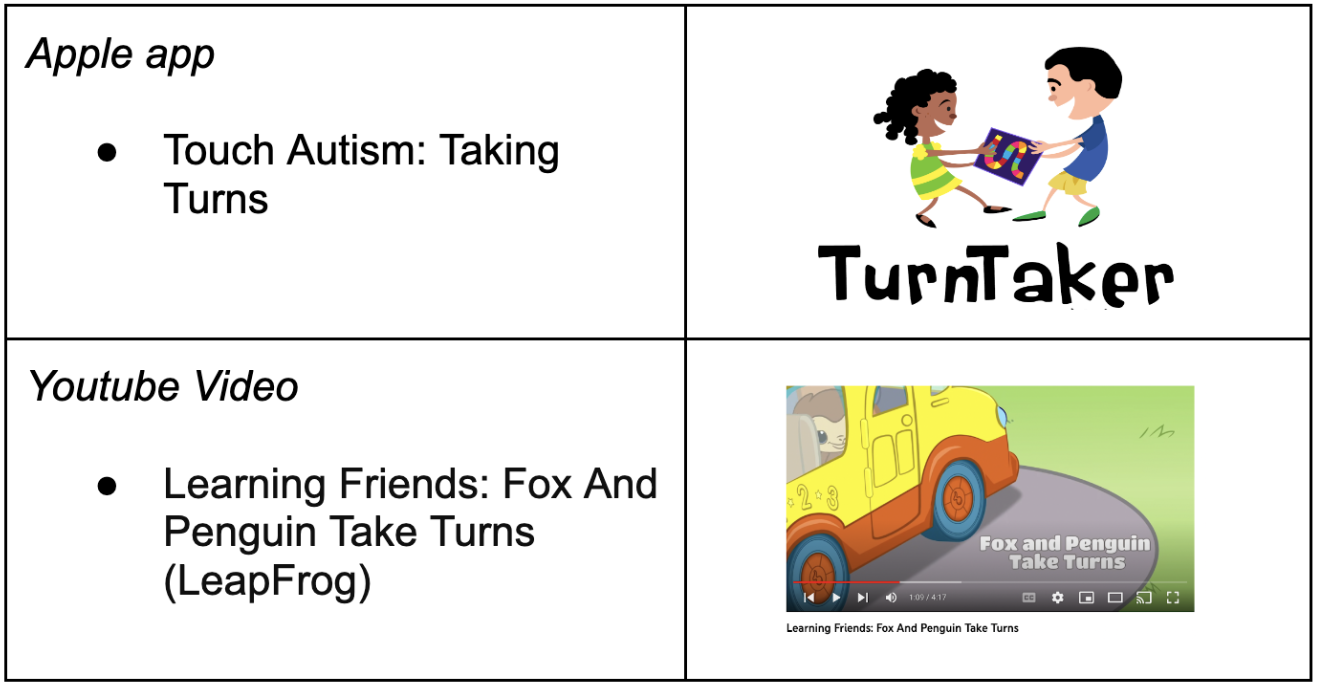
When starting out, we suggest practicing with just you and your child. As your child builds their confidence in taking turns, add another player to the game. This can be a great opportunity to challenge your child to wait a little longer, and support their ability to play in a group setting as part of a team (e.g. at preschool, play groups or school).
Have fun taking turns! 🙂
Speak, Learn and Grow provide speech therapy services for children of all ages. Your child can further develop their social communication and play skills with our friendly therapists. To find out more, check out our website or call our friendly office at (02) 8522 7024 to book your appointment.

